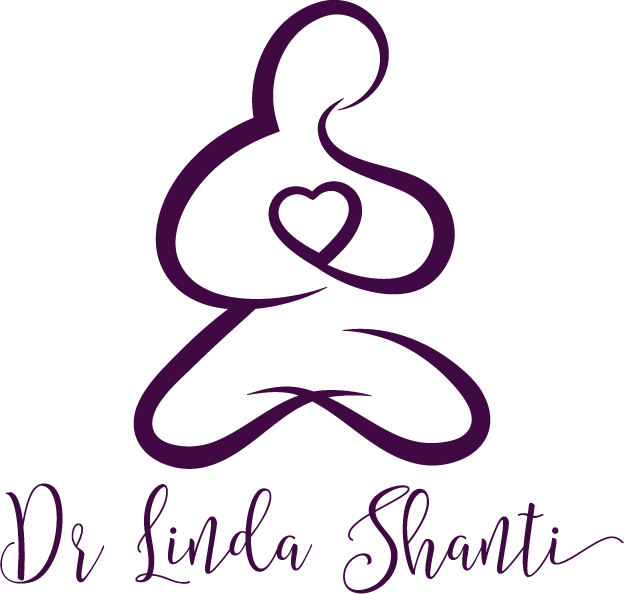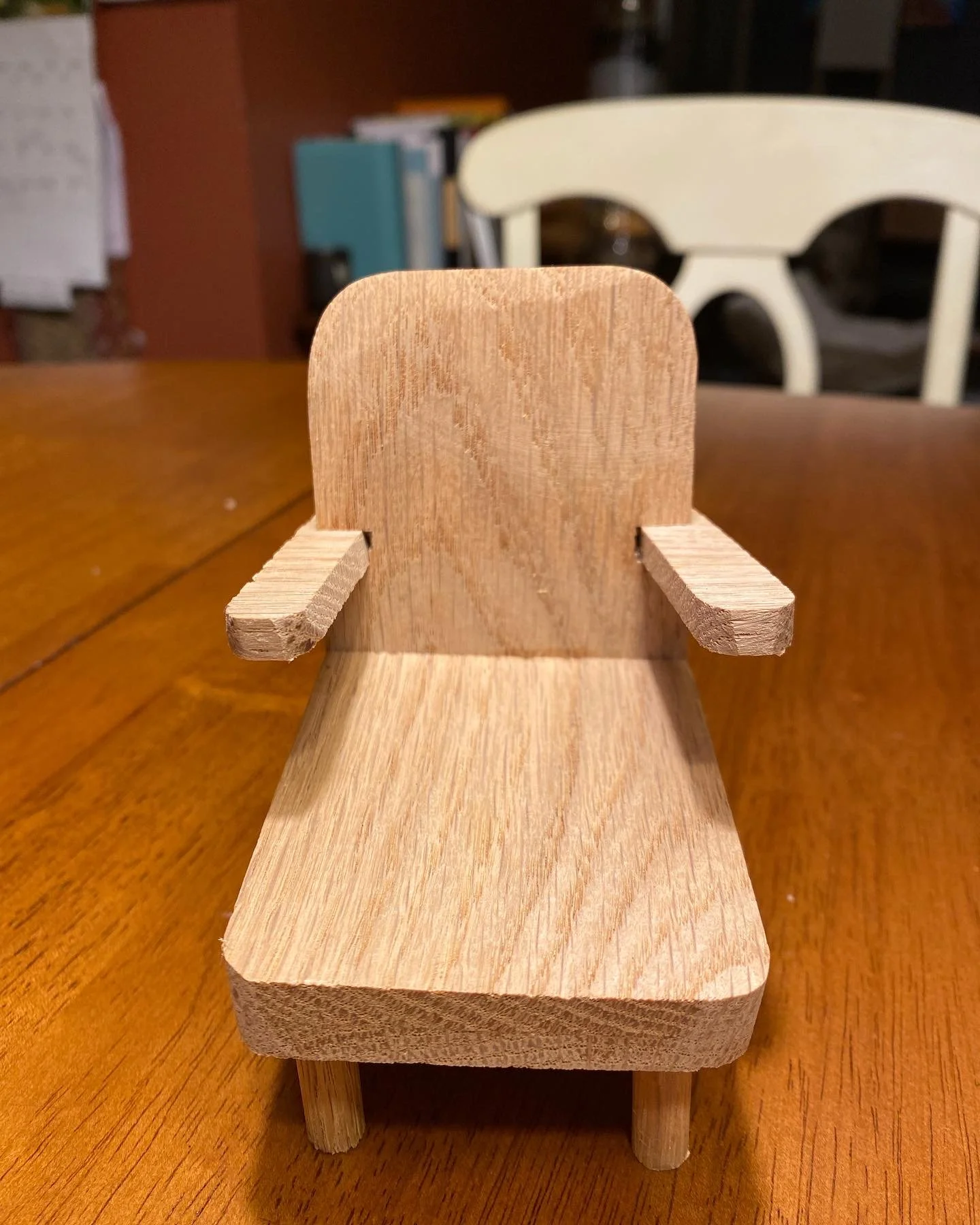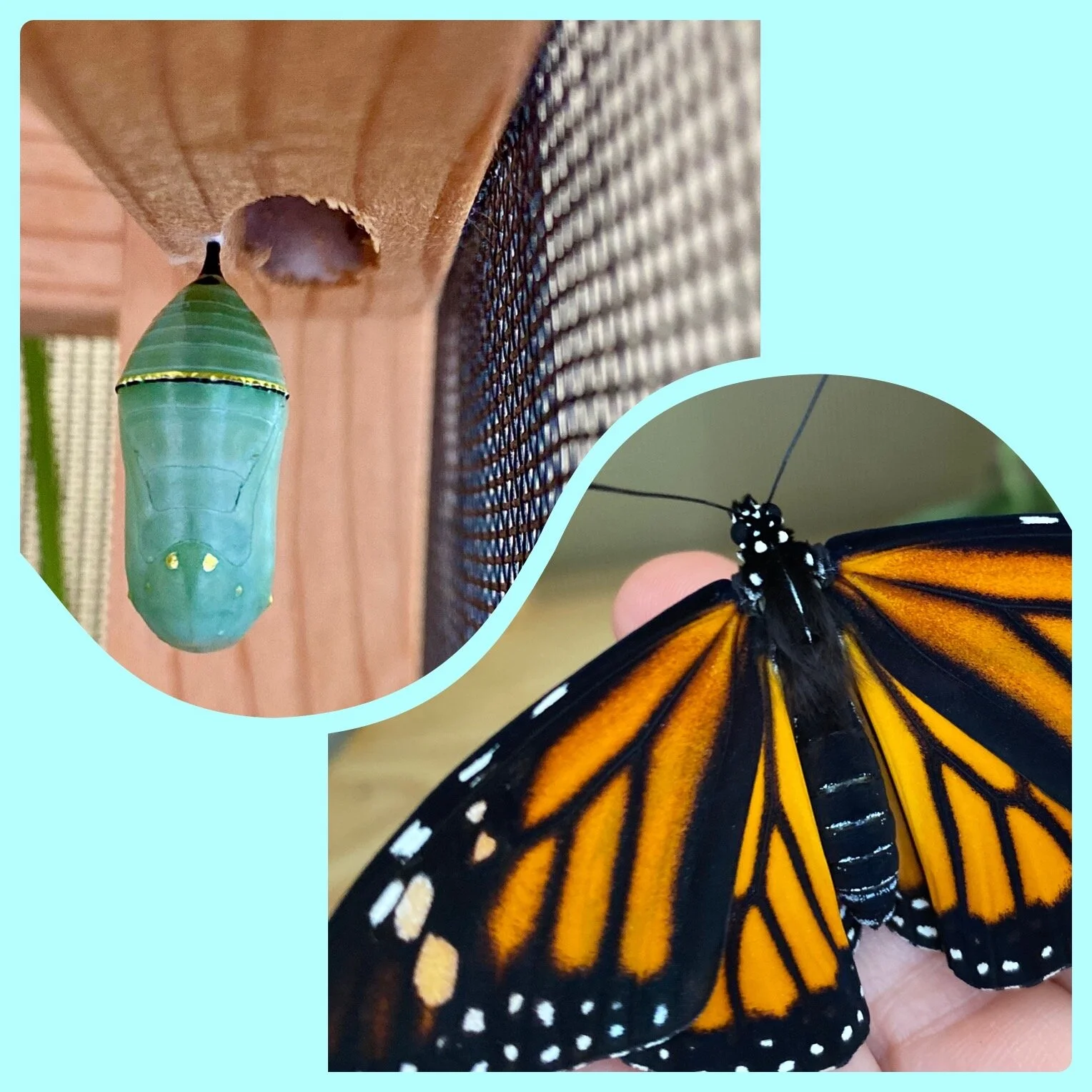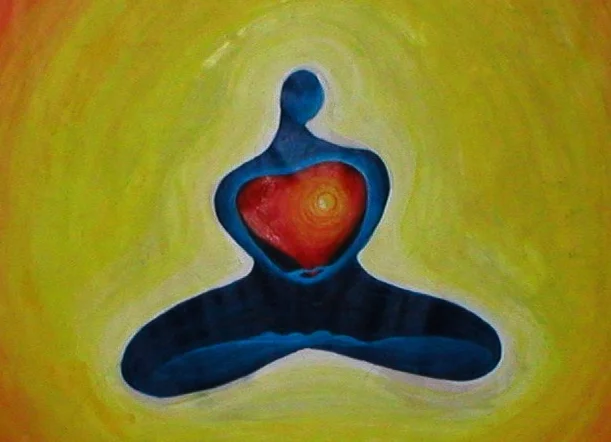GRIEF:
4 Ways to support a loved one in grief for the grief adjacent.
In eating disorder recovery, therapy, and grief, we often talk about “using your tools.” Using your (healthy) coping mechanisms is so helpful! Support groups, journaling, expressive arts therapy, utilizing a food plan, hydrating, sleep hygiene, meditation, medication, can all be such helpful tools in your eating disorder recovery and/or grief process! However, sometimes we think that using these tools means we will arrive somewhere, at a destination endpoint, with no more discomfort. That is a myth. Here are some myths about recovery and grief coping tools I’d like to clear up.
If you are traveling the holiday season without your loved one who has died, it can feel overwhelming to do all the traditions you used to do together. It can feel like one, big, looooong grief trigger. Here’s a thought:
The art of grief is that art can hold and express emotions and experiences where words fall short. Art can help “get the bad feelings out so that the good feelings can come in.” Art can also provide symbols as medicine…
EATINGDISORDER RECOVERY:
Grief, like eating disorder recovery, is individual. Although sometimes it can follow a trajectory like this recovery slogan:
It gets better
Then it gets worse
Then it gets different
Then it gets real different.
There are all kinds of metaphors about how grief is something you learn to carry more gracefully over time. The grief doesn’t get smaller. We grow bigger, around the grief, and learn to live with it differently. Here is a beautiful visual of Dr Lois Tonkin’s model of grief, which shows how the griever grows around the grief…
The bullshit in your head, aka cognitive distortions, can be affected by sleep, hormones, and diet culture. Here’s what you can do to identify the cognitive distortions and get back into your eating disorder recovery.
How can exercise be bad when it feels good? When does exercise become an addiction? Isn’t exercise an antidepressant? When do you need to take a break from exercise? How can you move your body with joy in your eating disorder recovery?
Christmas cookies, Christmas cakes, Christmas turkey, egg nog, …I’ve been thinking about how the stress of compulsive eating, emotional eating, dieting, and disordered eating affect so many people this time of year...
It can be so tempting, to use food as a comfort for unmet feelings or to to diet/restrict food as a way to avoid or control uncomfortable feelings. However, it has been proven, again and again, that diets don’t work.
Here’s why and here’s what you can do instead.
Following the news and social media can be difficult right now if you are an abuse or assault survivor, are recovering, or are an empath. Here are a few self-care tools to practice keeping your feet on the ground, 1 step at a time, and potentially assist in calming your nervous system.
The story of the velveteen rabbit has lots of eating disorder recovery wisdom. What are the essential parts of yourself? What are the eating disorder parts? What parts of you are shiny and polished, what parts are dismissive, what parts are diseased? What is the part of you that wants to connect and wants to become real? How does one become real (recovered)?
Eating Disorders do not just affect straight, white adolescent women…They are not a fad or a diet, they do not occur outside cultural context, and bringing awareness of intersectionality can help with prevention and treatment.
Some recovery counselors recommend getting a pet after going through treatment (for alcoholism, eating disorders, depression)…
Many of my clients are what might be characterized as “orchids.” Orchids are a sensitive lot. They need just the right amount of light and water, or they don’t bloom. They’re often the ones, as children, that stay on the edge of the playground until the conditions are exactly right for them to jump in and play. I often use this analogy with my clients: If you go to a playground and one person runs right to the slide to go down it, and one person pauses before deciding where they would most feel comfortable playing, who is better?
In honor of International No Diet Day, here is an interview with Lindsay Stenovec, MS, RD, CEDRD, a dietician who broke free from diet culture. Lindsay doesn’t just talk the talk, she walks the walk. Here’s her story…
When I work with clients recovering from eating disorders, part of the work is identifying and challenging the voice of the Eating Disorder (sometimes called “ED”). And then the work is to develop a new “Recovery voice,” one that has rainbow (instead of black and white) thinking.
This “Recovery voice” is both compassionate and fierce. It can call your eating disorder on its shit and have compassion for the part of you that is struggling.
MOTHERHOOD
View More →
New moms and women recovering from eating disorders face particular challenges during the pandemic. Here is one new mom’s experience along with questions exploring how to cope with sadness, isolation, and support while taking care of a new baby.
It's the start of the school year! End of summer vacations, unstructured time, sleeping in (if you're lucky enough to be one of the few who has a child that does this)! Many parents breathe a sigh of relief (Hooray: No more trying to create a daily structure!) along with a feeling of dread (Oh Dear! Coordinating and calendaring school schedules for the next nine months!) Here are some thoughts about how to potentially ease the transition…
All mothers work, whether it be inside the home, outside the home, or inside and outside the home. What is the right answer? When is the right time to go back to work? Here are some things to consider whether you are going back to work, staying home, or combining the two…
I wrote about letting go of the idea that yoga is only for people who are skinny, flexible, or already calm. I wrote about letting go of the idea that yoga means you must have a certain kind of birth, feed your baby only organic food, or avoid any medications you might need in order to do yoga…
I wanted moms to know that yoga doesn't have to be another thing to do fix or improve themselves, but that it can instead be a balm, a source of comfort, or what I call in the book my "well of sanity."
Corinne Crossley, LMHC, a psychotherapist and mom, shares her experience on mindful eating before children- and her somewhat humbling experience with goldfish crackers- after becoming a mom.
In honor of Mother's day, I'm posting a few the affirmations I share with new moms: moms struggling with postpartum body image, breastfeeding (or not), sleeping (or not)…
I love and accept my Mama body.
I have a new body postpartum. It is not the same as it was before because …
Breastfeeding is easy, your baby will sleep through the night, only bad mothers get postpartum depression, and other myths about motherhood.
One of the most surprising aspects of the baby blues and Postpartum Depression for me to learn was how it can show up as irritability, anger, or anxiety. I know I personally never felt like a b*tch (Yes, I know…
In this blog, I interview the founder of The Nurtured Mama podcast and community. Here is what she has to say about working with recovering moms…
BODY IMAGE
Having a changing, new body shape, size, and image in eating disorder recovery and postpartum can be challenging. But you CAN accept your body. You are not the same person as you were in your eating disorder or before becoming a Mom. Why should your body be the same?
The body has been made so problematic… that it has often seemed easier to shrug it off and travel as a disembodied spirit.
I remember when I first realized that the amount of weight I gained in pregnancy was the same amount of weight that I had gained (deliberately leaving out number to not be triggering, but let's just say it was a subsrantial amount)





































Three tidbits I’ve discovered along the road to recovery:
1) You are not responsible for your eating disorder. You are responsible for your recovery.
2) The size of your body is not your business.
3) The mean girl voice in your head will continue to share. You do not have to believe it.